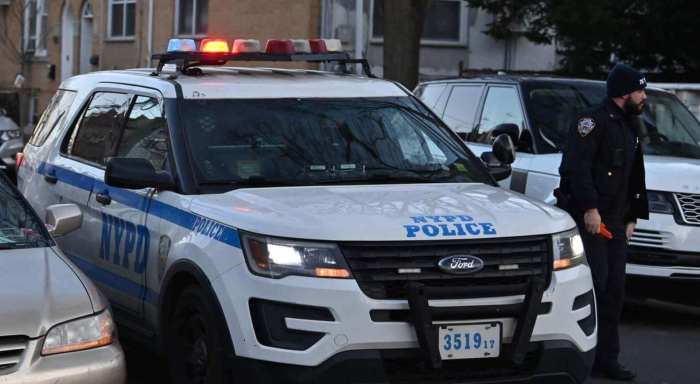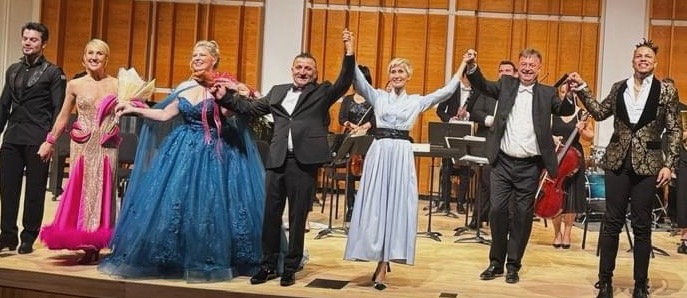The Brooklyn artist who created the paintings seen in Spike Lee’s Netflix show “She’s Gotta Have It” has been selected by the city to address discrimination, particularly of women and girls, through public art.
Tatyana Fazlalizadeh is one of four Public Artists in Residences who were announced by the city’s Department of Cultural Affairs on Tuesday.
The program pairs artists with different city agencies to address issues through art.
Fazlalizadeh, the art consultant on “She’s Gotta Have It” and the creator of the street art project “Stop Telling Women to Smile,” a series of portraits of women who have experienced harassment, was paired with the City Commission on Human Rights.
“Tatyana will continue to work with people facing discrimination — particularly women and girls — to educate the public on discriminatory behavior and help the agency strengthen their presence and visibility as an important resource,” a news release said.
Fazlalizadeh’s street art project “directly ties to the Commission’s efforts to combat harassment and gender-based discrimination in New York City,” CCHR Commissioner Carmelyn P. Malalis said in a statement.
Fazlalizadeh did not immediately respond to a request for comment.
Three other artists — Rachel Barnard, founder of Young New Yorkers, an arts program for teens who are prosecuted as adults; Onyedika Chuke, creator of “The Forever Museum Archive,” a collection of objects analyzing protests and globalization; and Ebony Noelle Golden, the founder of the Betty’s Daughter Arts Collaborative, a consultancy and fellowship program for artists — also were selected for the program.
Barnard was paired with the Department of Probation to help improve the relationships between probation officers and the people under their supervision. Chuke will work with the Department of Correction to create more access to art for inmates on Rikers Island. And Golden will help the Mayor’s Office to Combat Domestic Violence reach vulnerable communities, according to the news release.
Each of the artists will spend the first part of their year residency learning about the agency’s initiatives. They will then propose one or more public art projects that will be completed by the end of the residency.
The Public Artists in Residences program was launched by the Department of Cultural Affairs in 2015.

































